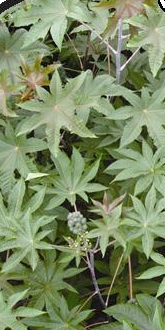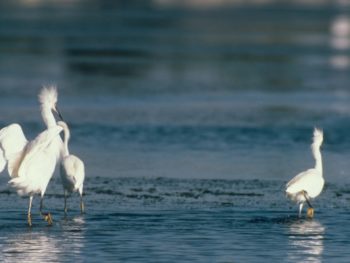Exotic invasive plants have become a major problem in many California’s wild-lands and in the open space of the Tijuana River Valley three invasive species are a particular problem. These species are giant reed (Arundo donax), castor bean (Ricinus communis) and salt cedar (Tamarix ramosissima). Together, they degrade the habitats they invade by displacing native vegetation, lowering insect food supply for birds, reducing groundwater, and increasing flood and fire hazards.

Giant Reed 
Castor Bean 
Salt Cedar
In 2002, with support from the State Coastal Conservancy and USFWS, a control plan was developed and a Technical Advisory Committee (TAC) was created, consisting of most land owners in the Tijuana River Valley. Demonstration sites were then established to determine the most effective methods of treatment for the target species. Dr. John Boland, Project Lead, worked with the TAC to identify and prioritize sites based on extent of invasive plant cover and access.
Since 2002, 9 phases of the program have been funded, resulting in treatment of invasive plant species in over 1800 acres within the Tijuana River Valley. Additionally, an outreach program was developed through use of posters and brochures, educating the public about the invasive danger of the species and to advise removing them from yards and gardens to assist in our efforts.
Research on invasive plants in the valley has concentrated on how the invasives spread and the impact invasives have on native habitats. SWIA remains fully permitted and continues to seek opportunities to forward additional phases of the program.















 NOAA Marine Debris Program
NOAA Marine Debris Program